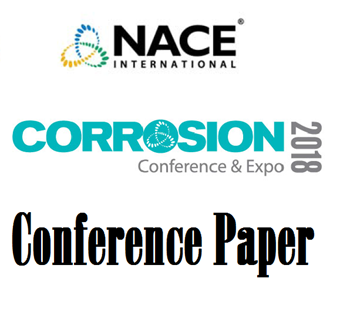Search
09037 Recoating Case History for a 32" Products Pipeline
Also Purchased
51318-10656-CP Interference - Interference Testing and Mitigation of Interference Issues
Product Number:
51318-10656-SG
Publication Date:
2018
$20.00
09125 Incorporating CIS into a Pipeline Rehabilitation Program
Product Number:
51300-09125-SG
ISBN:
09125 2009 CP
Publication Date:
2009
$20.00
97572 PRACTICAL APPLICATIONS AND LIMITATIONS OF BURlED COUPONS UTILIZED FOR IR DROP MEASUREMENTS
Product Number:
51300-97572-SG
ISBN:
97572 1997 CP
$20.00
Recently viewed




